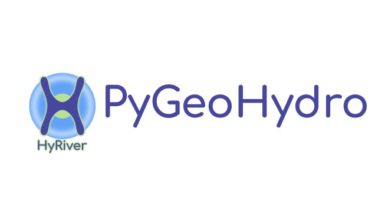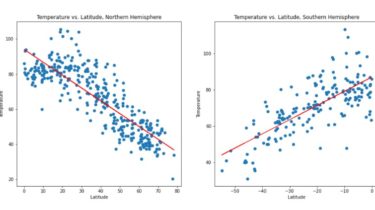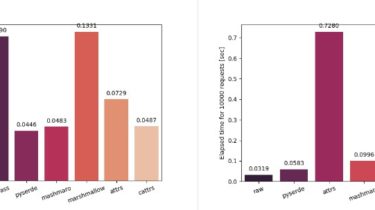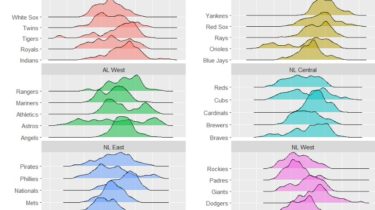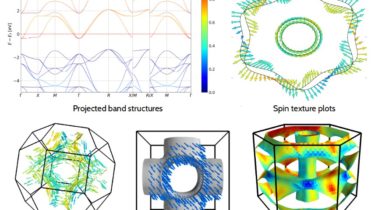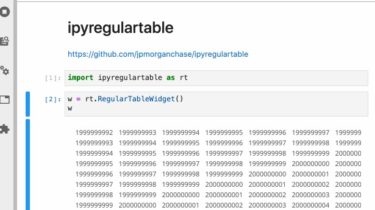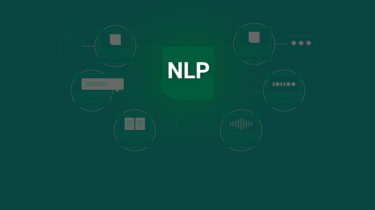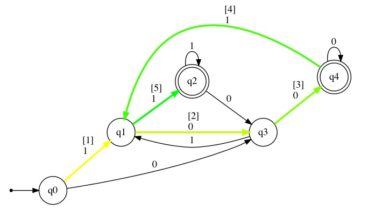A part of HyRiver software stack for accessing hydrology data through web services
PyGeoHydro A part of HyRiver software stack for accessing hydrology data through web services Features PyGeoHydro is a part of HyRiver software stack that is designed to aid in watershed analysis through web services. This package provides access to some of the public web services that offer geospatial hydrology data. It has three main modules: pygeohydro, plot, and helpers. The pygeohydro module can pull data from the following web services: NWIS for daily mean streamflow observations, NID for accessing the […]
Read more